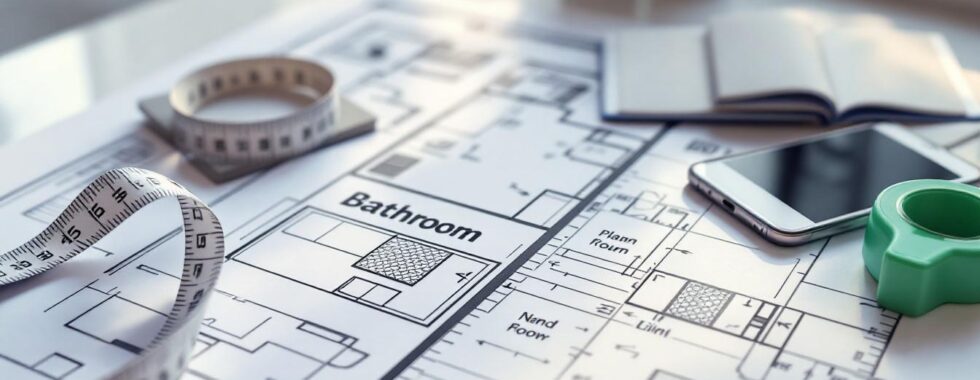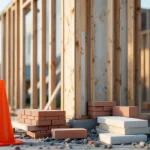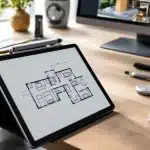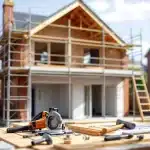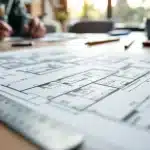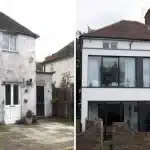How to Plan a Bathroom Remodel: Essential Steps
Planning a bathroom remodel can be an exciting yet daunting task. At Cameron Construction, we’ve guided countless homeowners through this process, transforming outdated spaces into functional and beautiful retreats.
Our comprehensive guide will walk you through the essential steps of planning your bathroom remodel, from assessing your needs to managing the project. Let’s dive into the key considerations that will help you create the bathroom of your dreams.
What Your Bathroom Needs: A Comprehensive Assessment
Identify Problem Areas
Take a critical look at your bathroom. What frustrates you daily? Is it the lack of counter space, poor lighting, or outdated fixtures? A 2024 survey by the Housing Industry Association revealed that 65% of Australian homeowners cited insufficient storage as their top bathroom complaint. Create a list of these pain points – they will guide your remodeling decisions.
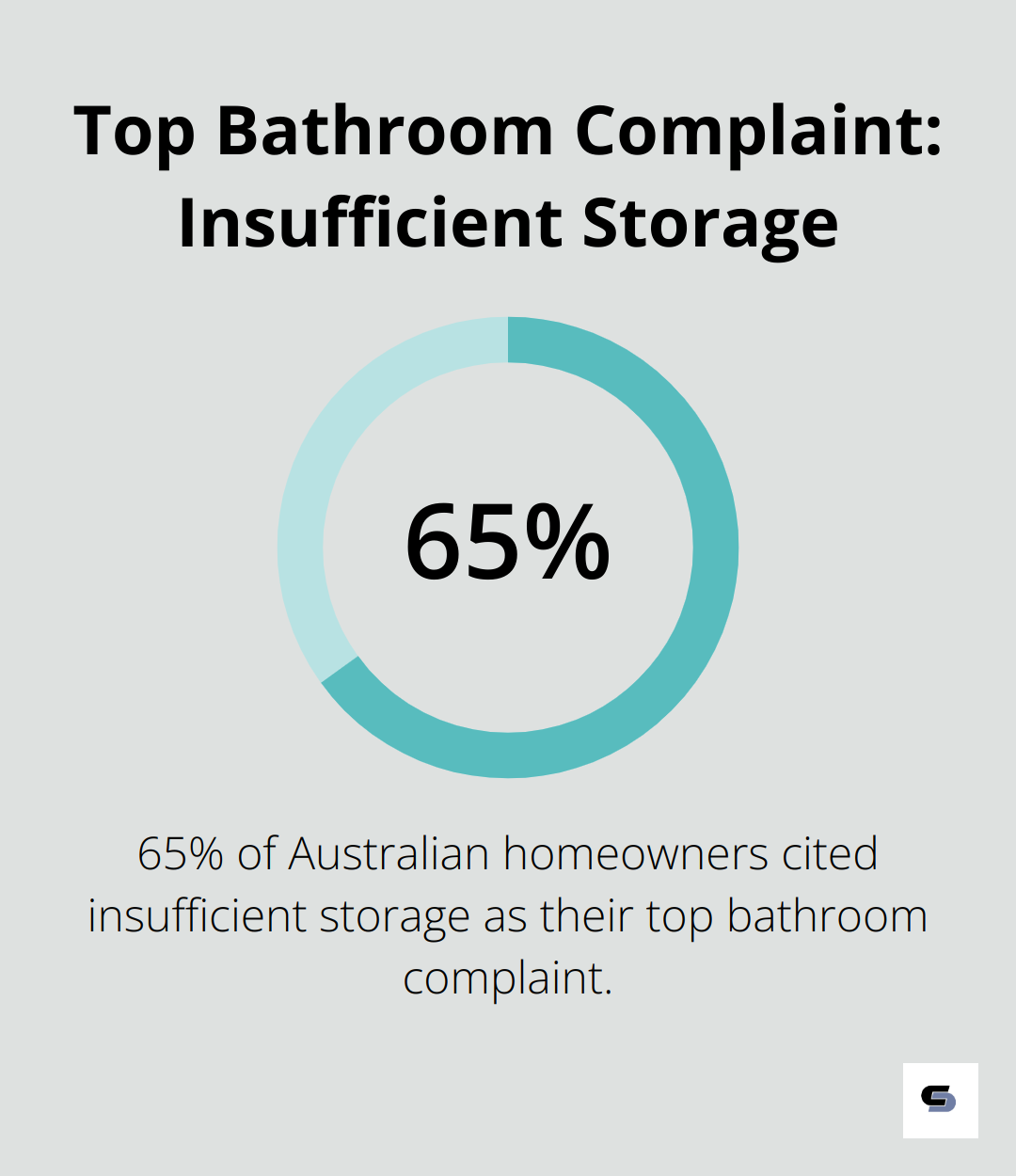
Set a Realistic Budget
Your budget will significantly influence your remodel’s scope. In Australia, bathroom renovations typically cost between $15,000 and $35,000 (depending on the extent of changes and quality of materials). Allocate 5-10% of your home’s value for a bathroom remodel to ensure a good return on investment.
Future-Proof Your Bathroom
Consider your long-term plans for the home. Are you planning to sell in the next few years, or is this your forever home? If you’re staying put, invest in features that will serve you well as you age, like a walk-in shower or raised toilet. For resale value, focus on timeless designs. The Real Estate Institute of Australia reports that well-prepared homes typically receive valuations 3-7% higher than unprepared properties.
Evaluate Structural Changes
Determine if your desired changes require moving plumbing or electrical systems. These alterations can significantly impact your budget and timeline. For instance, relocating a toilet can cost upwards of $5,000 due to the complexity of moving waste lines. Always consult with a professional to understand the full scope of structural changes.
Consider Energy Efficiency
Don’t overlook the opportunity to improve your bathroom’s energy efficiency. Install low-flow fixtures (which can help you compare water efficiency of appliances and fixtures) and LED lighting (which uses 75% less energy than traditional bulbs). These upgrades not only reduce utility bills but also appeal to environmentally conscious buyers if you decide to sell.
With a thorough assessment of your bathroom’s needs, you’ll create a solid foundation for your remodel. This careful planning will help you avoid costly mistakes and ensure your new bathroom meets both your current and future needs. Now that you’ve identified what your bathroom needs, it’s time to move on to the exciting part: designing your new space.
How to Design Your Dream Bathroom
Maximize Space with Smart Layouts
The layout forms the foundation of your bathroom design. In Australia, the average bathroom measures around 2.7m x 1.8m, making efficient use of space essential. The wet room concept has gained popularity, integrating the shower area with the rest of the bathroom. This design choice can transform your bathroom into a spa-like sanctuary, make a small space feel larger, and simplify cleaning.
For those with more room, a double vanity proves beneficial. A Houzz study revealed that 66% of renovating homeowners choose this feature, citing reduced morning congestion as a major advantage.

Select Fixtures and Finishes
Your choice of fixtures and finishes will define your bathroom’s personality. In 2025, matte black tapware and hardware have surged in popularity. This trend offers a sleek, modern look that complements various design styles.
Water efficiency should guide your toilet selection. The Water Efficiency Labeling and Standards (WELS) scheme helps Australians compare the water efficiency of a range of appliances and fixtures.
For flooring, large format tiles have gained traction. They create fewer grout lines, making the space appear larger and easier to maintain. Porcelain tiles stand out due to their durability and water resistance.
Incorporate Clever Storage Solutions
Storage often gets overlooked in bathroom design, but it plays a vital role in maintaining a clutter-free space. Wall-mounted vanities provide storage while creating the illusion of more floor space. For smaller bathrooms, recessed shelving in shower walls or above the toilet can maximise every inch.
A tip from design experts: mix open and closed storage. Open shelving for display items and closed cabinets for less attractive necessities create a balanced, functional space.
Prioritise Ventilation and Lighting
Proper ventilation prevents mould and mildew growth. The Building Code of Australia requires exhaust fans in bathrooms without openable windows. Fans with a capacity of at least 25 litres per second ensure effective moisture removal.
Lighting can make or break your bathroom’s ambiance. Layer your lighting with a combination of task lighting around the mirror, ambient lighting for overall illumination, and accent lighting to highlight design features. LED options offer energy efficiency and longevity (with some bulbs rated for up to 50,000 hours of use).
Consider Future-Proofing Your Design
When designing your bathroom, think about future needs. If you plan to age in place, consider features like walk-in showers or grab bars that can be easily added later. For resale value, focus on timeless designs that appeal to a wide range of potential buyers.
As you move forward with your design plans, professional guidance can prove invaluable in navigating the myriad of choices available. The next step in your bathroom remodel journey involves hiring professionals and managing the project effectively.
How to Hire and Manage Your Bathroom Remodel Team
Find the Right Contractors
Start your search for local bathroom renovation specialists. The Housing Industry Association (HIA) and Master Builders Australia offer excellent resources for reputable contractors. Focus on companies with specific bathroom renovation experience, as they understand the unique challenges these projects present.
Interview potential contractors and ask for detailed portfolios of their previous bathroom projects. Request references from past clients and contact them. Inquire about the contractor’s communication style, ability to adhere to timelines and budgets, and their approach to unexpected issues.
Obtain at least three detailed quotes for your project. Be cautious of unusually low quotes – they often indicate potential scams or subpar work. The Australian Competition and Consumer Commission warns that these can be red flags.
Navigate Permits and Regulations
Bathroom renovations often require permits, especially when moving plumbing or electrical systems. Contact your local council’s building department for information on necessary permits. In Melbourne, you’ll need a building permit for structural changes and a plumbing permit for work on water supply or sewerage systems.
Don’t overlook this step – unpermitted work can result in fines, difficulties selling your home, and safety issues. Your chosen contractor should know local regulations and can often handle the permit process for you.
Create a Realistic Timeline
A typical bathroom renovation takes 4-6 weeks (this can vary based on the project scope). Work with your contractor to create a detailed timeline, breaking down each project phase. Include buffer time for unexpected delays – they’re almost inevitable in renovation projects.
Prepare for some disruption to your daily routine. If you only have one bathroom, plan alternative arrangements during the renovation. Some homeowners opt to stay with family or friends or rent a short-term apartment during extensive renovations.
Prepare for the Unexpected
Even with careful planning, surprises can occur during a bathroom remodel. Common issues include hidden water damage, outdated wiring, or structural problems that only become apparent once walls are opened up.
To mitigate these risks, set aside a contingency fund of 5-10% of your total budget. This buffer can help absorb the cost of unexpected issues without derailing your project.
Establish clear communication with your contractor from the start. Regular check-ins (daily or weekly) can help you stay on top of progress and address any issues promptly.
A well-managed bathroom remodel can significantly increase your home’s value. The Real Estate Institute of Australia reports that a modern, well-designed bathroom can boost a property’s value by up to 10%.
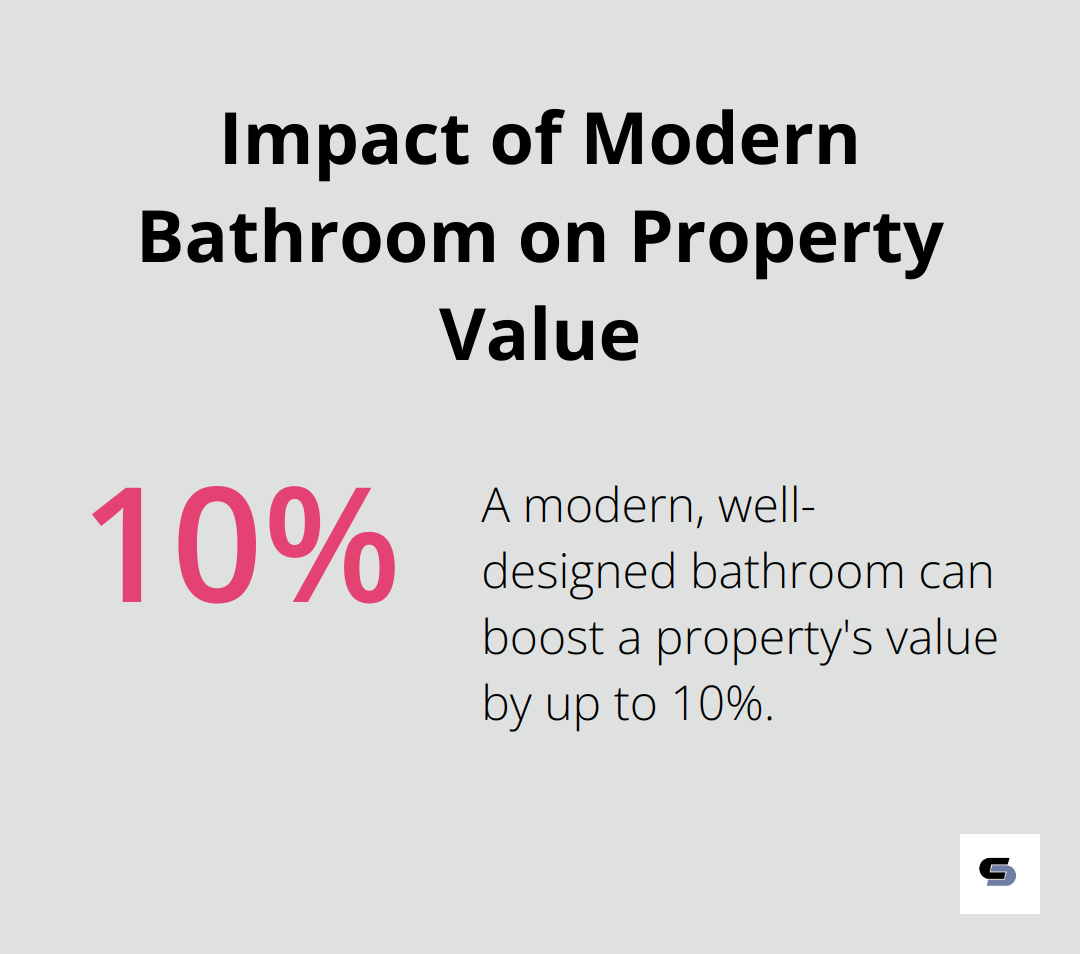
Before starting your project, it’s important to calculate your bathroom remodel budget easily with our calculator tool. This will help you discover costs and tips to manage your renovation project effectively.
Final Thoughts
Planning a bathroom remodel requires careful consideration and preparation. A thorough assessment of your current bathroom’s shortcomings and future needs will guide your design choices and budget allocation. Focus on maximising functionality while creating a style that reflects your personal taste and complements your home.
Thorough preparation plays a vital role in the smooth execution of your project. Research and hire the right professionals, obtain necessary permits, and create a realistic timeline (including a contingency fund for unexpected issues). Expert guidance can make all the difference in turning your bathroom renovation dreams into reality.
Don’t let the complexity of a bathroom renovation deter you from creating the space you deserve. Cameron Construction specialises in bathroom renovations in Melbourne. Take the first step today and start planning your bathroom remodel – your future self will thank you for the investment in comfort, functionality, and home value.

